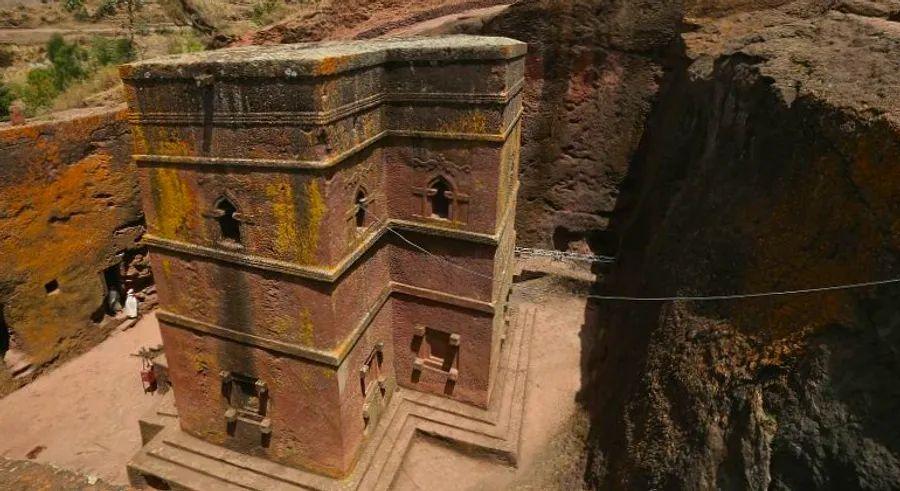UN Sounds Alarm Over the Threat to Ethiopia's Historic Christian and Tourist Site, 900 Years Old

The ancient rock-hewn churches of Lalibela are one of Ethiopia’s most significant cultural and religious landmarks, and they hold immense importance not just in Africa, but in Christendom as well.
Now, a UN agency has expressed concern that these invaluable structures could be in danger, following reports that fighters from Ethiopia’s Tigray region have taken control of this UNESCO World Heritage Site.
In a statement issued on Friday, UNESCO urged for “the respect of all relevant obligations under international law to ensure the protection of this precious site, by avoiding actions that may cause damage, and by taking necessary measures to prevent looting and pillaging of cultural properties in the area.”
UNESCO emphasized, “Lalibela is a place of pilgrimage, reverence, and tranquility: it must not become a battleground for violence and conflict.”
The Fascinating History and Unique Architecture of Lalibela
Nestled in a mountainous region of northern Ethiopia, Lalibela’s 11 medieval rock-hewn churches, built in the 13th century and often referred to as the ‘New Jerusalem,’ were designated a UNESCO World Heritage Site in 1978. They are located approximately 645 kilometers (400 miles) from the capital, Addis Ababa.
The structures were commissioned by King Lalibela of the Zagwe Dynasty, which ruled much of Ethiopia during the 12th century. Designed to be virtually invisible from a distance, these awe-inspiring churches offered a safe haven for Christians fleeing from the northward spread of Islam at the time.
Christianity in the region has an even longer history, dating back to the 4th century. The Ethiopian Orthodox Church is one of the oldest Christian denominations in the world.
The churches themselves were carved from massive monolithic blocks below ground level. The blocks were then intricately shaped to create windows and doors, as described by UNESCO.
The renowned churches of Lalibela were constructed in a range of architectural styles.
Some churches were carved directly into the rock face, while others, like the Church of Saint George, are freestanding blocks, uniquely designed in the shape of a cross.
An intricate network of drainage channels, tunnels, and underground passages links the subterranean churches.
Following the Pilgrims’ Path
In 2016, photographer Tariq Zaidi documented the journey of pilgrims along the sacred route leading in and around Lalibela.
He reflected on the grandeur of the architecture and the stunning beauty of the region, but above all, he was struck by the warmth and humility of its people.
"They live in great poverty, yet remain incredibly humble," he shared with Dinogo. "For many, a pilgrimage is a once-in-a-lifetime journey, if they can afford it. Some have walked across the country, carrying little to nothing with them."
Zaidi spoke of how the local community rallies to support pilgrims, offering food and even assisting with washing their feet.
"It's truly beautiful, almost poetic – a kind of romance that few things in our world can match," Zaidi reflected. "Everyone helps each other here."

1

2

3

4

5
Evaluation :
5/5